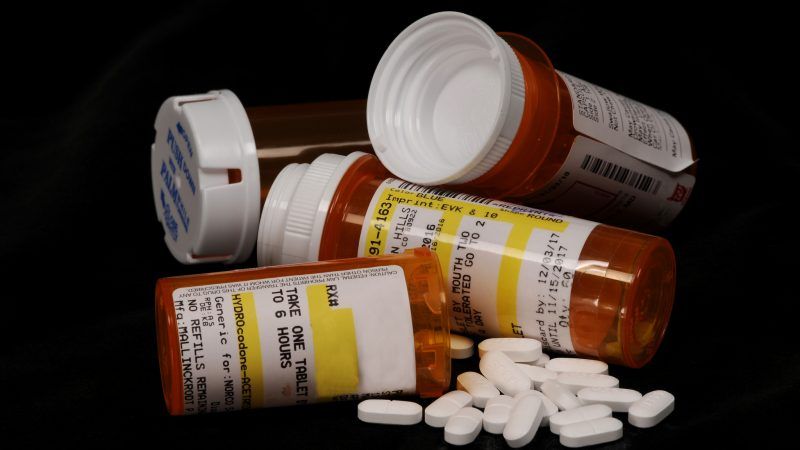New Survey Data Confirm That Opioid Deaths Do Not Correlate With Pain Pill Abuse or Addiction Rates
Nonmedical use of prescription analgesics did not become more common, but it did become more dangerous.

New data from the National Survey on Drug Use and Health (NSDUH) provide further evidence to support a counterintuitive conclusion: The dramatic increase in deaths involving prescription analgesics since 2000 cannot be explained by a dramatic increase in misuse or addiction rates, because there was no such increase.
Prior NSDUH data showed that rates of past-month "nonmedical use" and past-year "pain reliever use disorder" barely changed from 2002 (when the survey began in its current form) through 2014, even as deaths involving these drugs rose by 175 percent. The survey questions on these topics changed in 2015, so the more recent numbers are not comparable. But we now have four years of data with the new wording, and they tell a similar story.
According to NSDUH, the rate of "prescription pain reliever misuse" fell in 2016 and 2017, even as deaths involving those drugs continued to rise. The rate fell again in 2018, and that year deaths may also have declined, judging from preliminary CDC data. The rate of "pain reliever use disorder," meanwhile, fell in 2016 and 2017 but stayed the same in 2018.
The lack of correspondence between deaths involving prescription analgesics and illegal consumption or addiction rates suggests that patterns of use changed in a way that made fatal outcomes more likely. If nonmedical users started taking prescription narcotics more frequently, in higher doses, or in more dangerous combinations with other drugs, those shifts would help explain the increase in deaths.
In 2017, just 30 percent of opioid-related deaths involved prescription analgesics, and the records compiled by the CDC indicate that 68 percent of those cases also involved heroin, fentanyl, cocaine, barbiturates, benzodiazepines, or alcohol. The role of drug mixtures is probably even bigger than those records suggest. In New York City, which has one of the country's most thorough systems for reporting drug-related deaths, 97 percent of them involve more than one substance.
The evidence does not favor a simple narrative in which more opioid prescriptions led to more abuse and addiction, which in turn led to more deaths. The "opioid crisis," which seems to be part of a long-term upward trend in drug-related deaths that began in 1979, might more accurately be described as a problem of increasingly reckless polydrug use, a problem that cannot be solved—and may be worsened—by demanding wholesale reductions in pain pill prescriptions.

Show Comments (37)